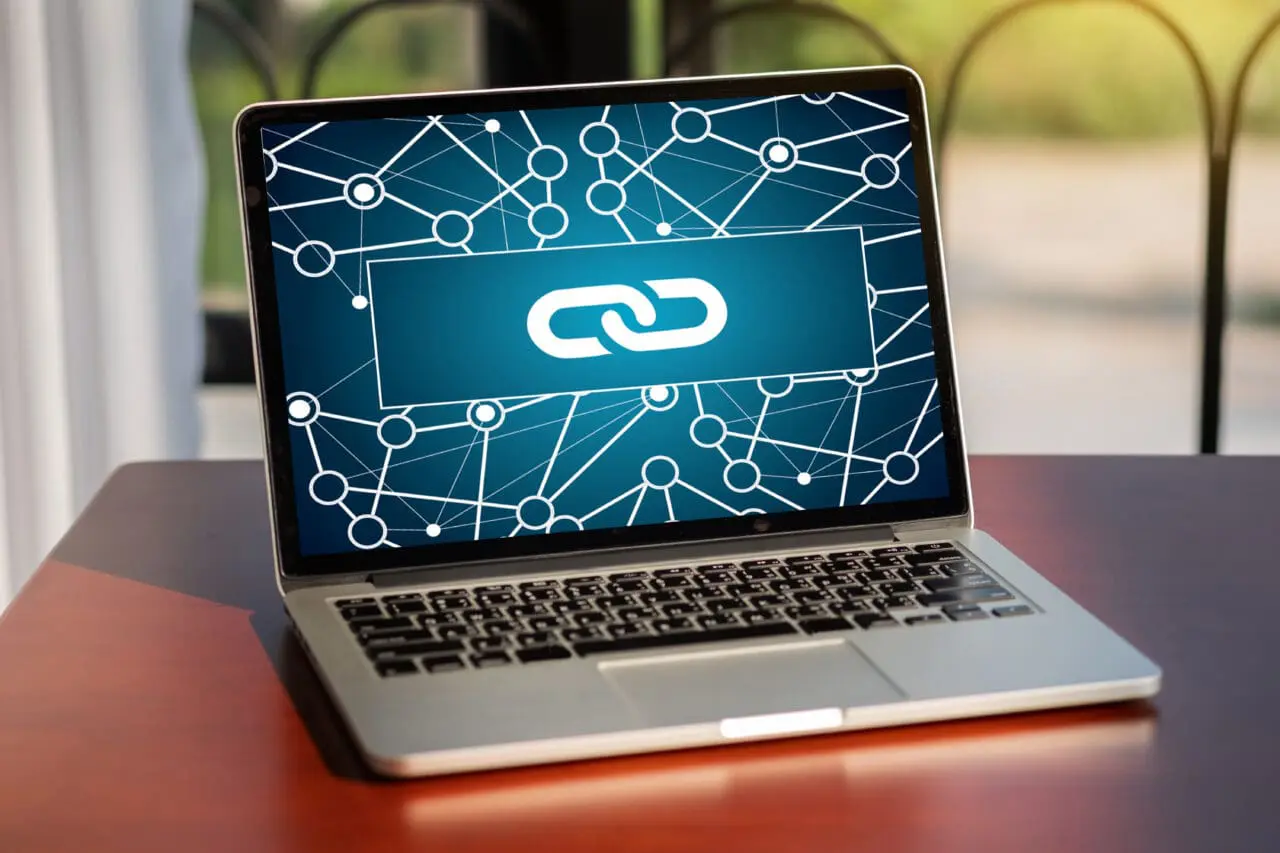

In this tech insight, we look at what ‘toxic’ backlinks are, how to identify them, and how to remove them.
Backlinks (incoming links) are believed to be one of Google’s top three ranking factors. Trustworthy backlinks from websites with a high authority score are a factor which contributes to higher search engine rankings. However, some lower quality links, perhaps from suspect websites, referred to as unnatural links / spammy links / “toxic links”, can negatively affect search engine rankings.
According to Google’s guidelines, “Any links intended to manipulate PageRank or a site’s ranking in Google search results may be considered part of a link scheme and violate Google’s Webmaster Guidelines. This includes any behaviour that manipulates links to your site or outgoing links from your site.” For example, this could include buying or selling links that pass PageRank, excessive link exchanges, large-scale article marketing or guest posting campaigns with keyword-rich anchor text links, and automated programs or services to create links to a website. Also, Google identifies links that weren’t editorially placed or vouched for by the site’s owner on a page as being “unnatural links”. Examples are text advertisements, paid-for advertorials or native advertising that pass PageRank (PageRank is a value of importance allocated to a page by Google’s algorithms).
In summary, a toxic link is a non-editorially placed link that comes from websites that have been set up to link out, which aren’t topically relevant and aren’t indexed by Google. Also, toxic links can be links:
– Forced in blog comments or on a private blog network (PBN).
– From ‘spun’ content. This involves writing one article, using software to spin it into many different variations, and posting it on other directories while including backlinks from the text.
– Hidden in footers.
In low-quality directories.
– Included on every page of a website
– Use exact match keywords or follow links marked as sponsored.
– From large reciprocal linking schemes (lacking relevance).
– From a widget or plugin (putting the link there as the developer).
– From scaled guest posting (platforms solely for exchanging guest posts).
The kinds of links that are unlikely to be marked as toxic and really could boost search engine rankings are what could be considered ‘quality’ links. These are essentially links that have been editorially placed due to someone finding the content on a valuable page and choosing to link to it. But, of course, it also helps if that link comes from a trusted, relevant web page with a good PageRank that has the potential to send referral traffic and uses a relevant keyword/keyphrase in the anchor link.
The main ways that toxic links from web pages to websites are discovered include being identified by search engine algorithms, a competitor submitting a spam report to the search engine, or simply being in a niche known for spam. Competitors may also discover a website’s toxic links by using specialist SEO software, e.g. SEMRush.
If a website has unnatural/spammy/toxic backlinks, the consequences could be:
– A drop in search engine rankings.
– A manual action by the search engines being triggered, e.g. a review. This could mean a ranking penalty being applied to specific pages (or site-wide) until the toxic links are removed from the pages they came from.
– The links are being ignored by the search engines, bringing no benefit to the website.
To discover what backlinks you have (and which may be toxic), conduct a website (root domain) link audit of the website. This can be carried out manually or using specialist SEO audit programs, e.g. SemRush, Majestic, SpyFu, Screaming Frog, etc. Link audits can also be paid-for and outsourced to digital marketing companies or agencies. Also, Google’s Search Console (formerly Google Webmaster Tools) can be used.
Once the toxic links have been identified:
– Build a remove list (and a whitelist).
– Contact the site owners for your ‘remove list’ and manually ask them to remove links to your site, keeping a record of which ones and the response. Software tools include templates for removal requests.
– For all those that don’t reply, create a ‘disavow list’ (text) for the links that need to be removed. Then, log in to Google Search Console, submit the file via Google’s link, disavow the tool, and wait.
The quality of a website’s backlinks has been for many years and still is an essential factor for helping to decide both PageRank and search engine rankings. Google, for example, has clear guidelines about what makes a quality link and what will be regarded as an unnatural (toxic) link. In addition, there are now many ways, e.g., using specialist SEO software to discover which connections could be holding a website back from achieving better rankings which could translate into more sales and enquiries. Also, insights into backlinks to competitor websites can help deliver a competitive advantage. This is why many companies and organisations now regularly monitor their toxic backlinks either in-house or outsourced to a third party and try to keep expanding their quality backlinks.

